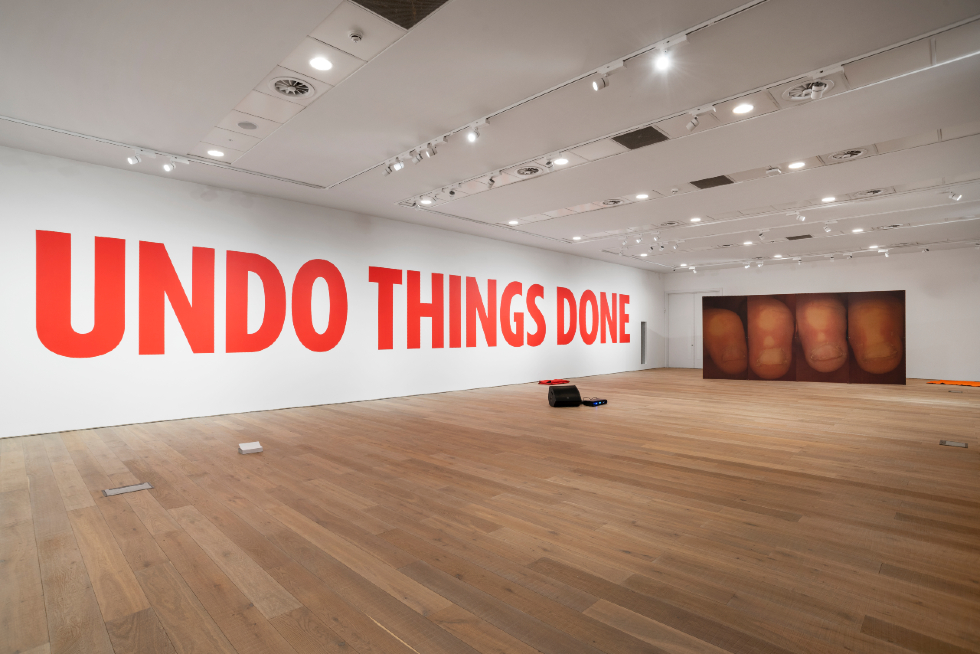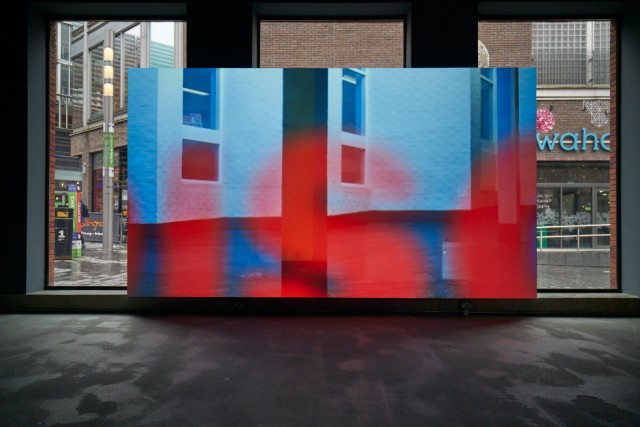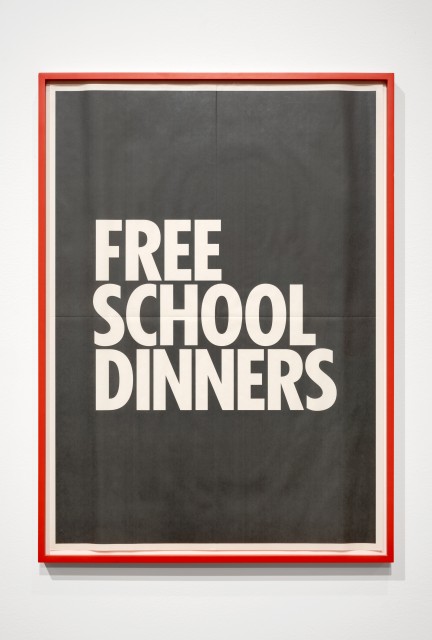Undo Things Done: Sean Edwards

“I was thinking about what a working-class voice looks like in visual art.” As his Wales in Venice show arrives at Liverpool’s Bluecoat, artist Sean Edwards speaks with Mike Pinnington…
“The estate stayed with me long after I moved elsewhere, partly in the form of a strange kind of vertigo when presented with opportunities and experiences I’d grown up assuming were far beyond my reach.”
– Lynsey Hanley, Respectable: The Experience of Class (2016)
Sean Edwards has a phrase relating directly to his upbringing on a council estate in Cardiff in the 1980s, what he calls a condition of ‘not expecting much’. It’s more than a phrase really, more an idea, a state of being that many of us can relate to, in one way or another. It runs like a rich seam through his ongoing project, Undo Things Done, which was presented at Venice Biennale in 2019 and again at Ty Pawb gallery, Wrexham, in February of this year. Speaking to Edwards ahead of the latest stop on the Wales in Venice tour, this time at Liverpool’s Bluecoat, the artist told me that “the show started from an autobiographical position. I wanted to look at making something that really kind of put myself into the work, to try and create a way of making an exhibition that, in some ways, was an attempt to create a visual language around some of the things that I’ve been thinking of to do with growing up working class… I was thinking about what a working-class voice looks like in visual art.”
Art irrefutably has an issue with class – one of accessibility, obviously, but also in assuming that training working-class people to look, sound, be more middle class so as to fit in, solves deeper, more insidious, systemic problems. I ask the artist whether he had any concerns about making this very personal work, and so explicitly. “Something I said very early on was that I was speaking from my position. There are multiple perspectives of the working-class condition that people have grown up in, y’know? I’m bringing it from my position as a white cis male. It was very particularly my position.” What have responses been like? “The best thing about making the work [has been] all of the conversations I had with people that had shared experiences of operating in the art world. Having those conversations with people was really great. People responding to the idea of not expecting much.”
The project’s roots can be traced back to his film Maelfa (2011), “which was about a building in the centre of the council estate where I grew up”, Edwards tells me. “It’s really the first work that focused on and came quite specifically from my upbringing.” The silent film, set in a now demolished 1970s shopping centre, hasn’t been shown institutionally for some time, he says. For this new iteration of Undo Things Done, though, Edwards has opted to feature it at Bluecoat. “I was quite interested in what bringing that back, to show it alongside these works, would do to it.” What can we expect from this leg of the show? “I can never make the exact same show twice”, admits Edwards. “The idea was, it was always going to have some change in function, and the components of the show allowed it to flex.”

Some changes, owing to damage caused by the worst floods to hit Venice in half a century, were enforced. “It meant that the largest work in the installation was destroyed completely. So, I made a new piece that used components from that work – I cut them up and scanned them and reconfigured them into a 40-panel image work…” The highly autobiographical work included items such as “scanned images from family photographs, archival stuff collected over the years; pieces of text, betting slips of my father’s that I found in his flat – he passed away when I was making the Venice work – and the PIP assessment that he had completed before he died.”
Some aspects of previous installations remain, however, such as Welsh quilts, confessional screens, and Refrain, a radio play first performed by Edwards’ mum, Lily, which was originally streamed from her flat in Cardiff to the Biennale. “In Venice” explains Edwards, “it was performed live every day.” But, he laughs, “I’m not making my Mother do that for the tour, so I’ve made a recorded version that expands the play into fragments over the course of a day. To listen to the play in its entirety, you’d have to spend [a whole day] in Bluecoat… It’s just thinking a bit differently about it.” Fragmentation is key to this thinking, he explains. “[It’s] how I’ve visualised that idea of a working-class language. I think of the working-class experience as quite a fragmented [one].”
Other than the personal aspect that the work derives from, what inspired, or influenced your thinking for Undo Things Done, I ask. “I was reading a lot, and watching a lot of Moyra Davey’s films, and she quotes that [Rainer Werner] Fassbinder line: ‘The more honestly you put yourself into the story the more the story will concern others as well.’ I was doing a lot of reading around autobiography and autofiction, and around the working-class condition and things like that. Lynsey Hanley’s [2007 book] Estates was key when I made Maelfa, and I went back to that.” In addition, he says, “Zadie Smith’s fiction was quite key… and her book of essays that she did about losing her working-class voice – when she went to Cambridge – to fit in.”

Edwards and Bluecoat Head of Programme/Wales in Venice Curator Marie-Anne McQuay have also invited Sadia Pineda Hameed to exhibit alongside Undo Things Done. How did that come about? “I wanted to open up one of the [Bluecoat’s] spaces for an emerging artist to make new work.” Having seen a video work by Pineda Hameed, Edwards says that, apart from it being “a beautiful film”, it reflected upon the story of her mother’s journey to the UK, which “chimed with the crux of my Mother’s story in the play… They chimed together.
“The work that she’s made speaks even more beautifully to these ideas about relationships and dialogues [found in Undo Things Done], and this idea of inheritance – what we carry and take forward with us and what we leave behind.”
Mike Pinnington
Sean Edwards: Undo Things Done is at Bluecoat from Sat, 05 Dec 2020 – Sun, 21 Feb, 2021
Images: Sean Edwards, Undo Things Done, installation view February 2020, Ty Pawb, Wrexham. Wales in Venice 2019 tour; Maelfa (2010), installation view Bluecoat 2020, Wales in Venice 2019. Image courtesy the artist & Tanya Leighton Berlin/Sean Edwards – Undo Things Done – The Bluecoat 2020 (November) © Rob Battersby
Sean Edwards’ Wales in Venice 2019 Undo Things Done exhibition was presented by Bluecoat’s Head of Programme, Marie-Anne McQuay, as guest curator on behalf of lead organisation Ty Pawb, Wrexham at 58th International Art Exhibition – La Biennale di Venezia. Wales in Venice is commissioned by the Arts Council of Wales. The tour of Undo Things Done to Ty Pawb, Wrexham; Bluecoat, Liverpool (Lead Partner) and the Senedd, Cardiff is kindly supported by Art Fund, Colwinston Charitable Trust and The Elephant Trust.





